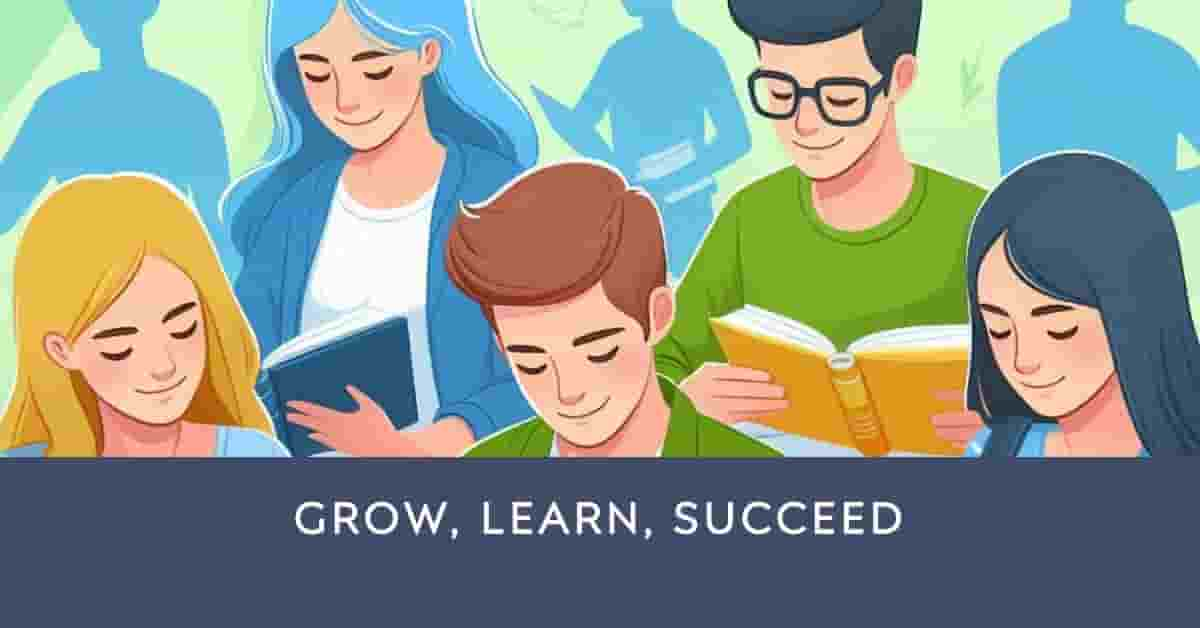New Culture of Learning: Creating Significant Learning environment

Ultimately, students have to do the learning, growing and application of knowledge to their real world themselves, no teacher can do this for them. But as educators, we all owe them the need to create the right environment for this form of learning and not the traditional classroom format of shipping knowledge into a students mind. Learning is a fundamental ability to human, it should be diffuse, natural, and effortless
The traditional school structure seemed to have made it tedious and hard especially in this age of ubiquitous access to information. Hence their now a justification to change the culture of learning through this 3 different lens in our culture as discussed by Douglas Thomas, in A New Culture of Learning,
The challenged now faced by teachers and how their schools are doing as analyzed by Thomas Douglas
- Teachers are passionate about students and schools but they have different obstacles put in their way. There are now rapidly evolving – Learning platforms and resources for students – Mobile phones, Wikipedia, Facebook, and YouTube. Students are telling teachers and school system how they learn, and the school is forcing them not to learn that way.
- System of standardized testing is not about knowledge, innovation, creativity, and transformation but it is about surveillance, about normalization. So, teachers really have no time for imagination, innovation, and creativity. Teachers are frustrated because they are program to teach to standardized tests. Teachers are cut up in battling administration. Good teachers are forced to battle administration and become bad teachers and great teachers are forced out of the profession.
- Out classrooms and students are changing in away that we are not able to keep up with, our school has focused on context rather than content. Students do not trust anyone again, they want to evaluate different contexts and come to a conclusion of what something means to them and their real world. Reshaping context to adapt content is what students do now, whereas teachers are still living in the world of content.
- We need to reevaluate what expertise is. The students are conditioned to guess what the professors want and give it back to them. But learning should be about how do we make sense of the world, the context, the content and adapt it to our real world. Teachers job now becomes creating context, where we can cultivate imagination, honor passion, and connect the learners passion to the thing they need to learn.
If we are going to be “Creating Significant Learning Environments (CSLE)” – We all need to change. Everybody wants to change the world, but nobody wants to change. Learning in the right environment is crucial to facilitate learning. Learning should be student centered – focusing on how does it enhances learning for the students. We have diversity of learners. The learners of this age are technologically immersed, diverse in thoughts and have high expectations. They are socially networked, looked to their peers and crowd source for forming their opinions – we are in a world of ubiquitous access – learning is now mobile, online, blended, and even when face to face, it must be enhanced digitally, network is now the focus of control not the classroom. We must review Our instructional design – this should change learners’ life, – it must expose the big ideas and skills needed to identify the desired results, determine the acceptable evidence and assessment task, and help us to plan learning experiences and instruction to fit learning events.
Problem based learning or Concept Based Learning– learner centered, engaging, motivational, contextual, and authentic. We need to align outcomes, learning activities and the assessment and focus on the mastery of knowledge. Maintain the highest standard of academic quality. The teacher being the primary designer of the learning environment and will have to take on many different roles – the teacher will now be a facilitator, Presenter, Coach and a Mentor to learners.
Digital Resources:
Creating Significant Learning Environments (CLSE), https://youtu.be/eZ-c7rz7eT4
Douglas Thomas at TEDxUFM. A New Culture of Learning, https://youtu.be/lM80GXlyX0U
Dr. Tony Bates on Building Effective Learning Environments, https://youtu.be/3xD_sLNGurA
